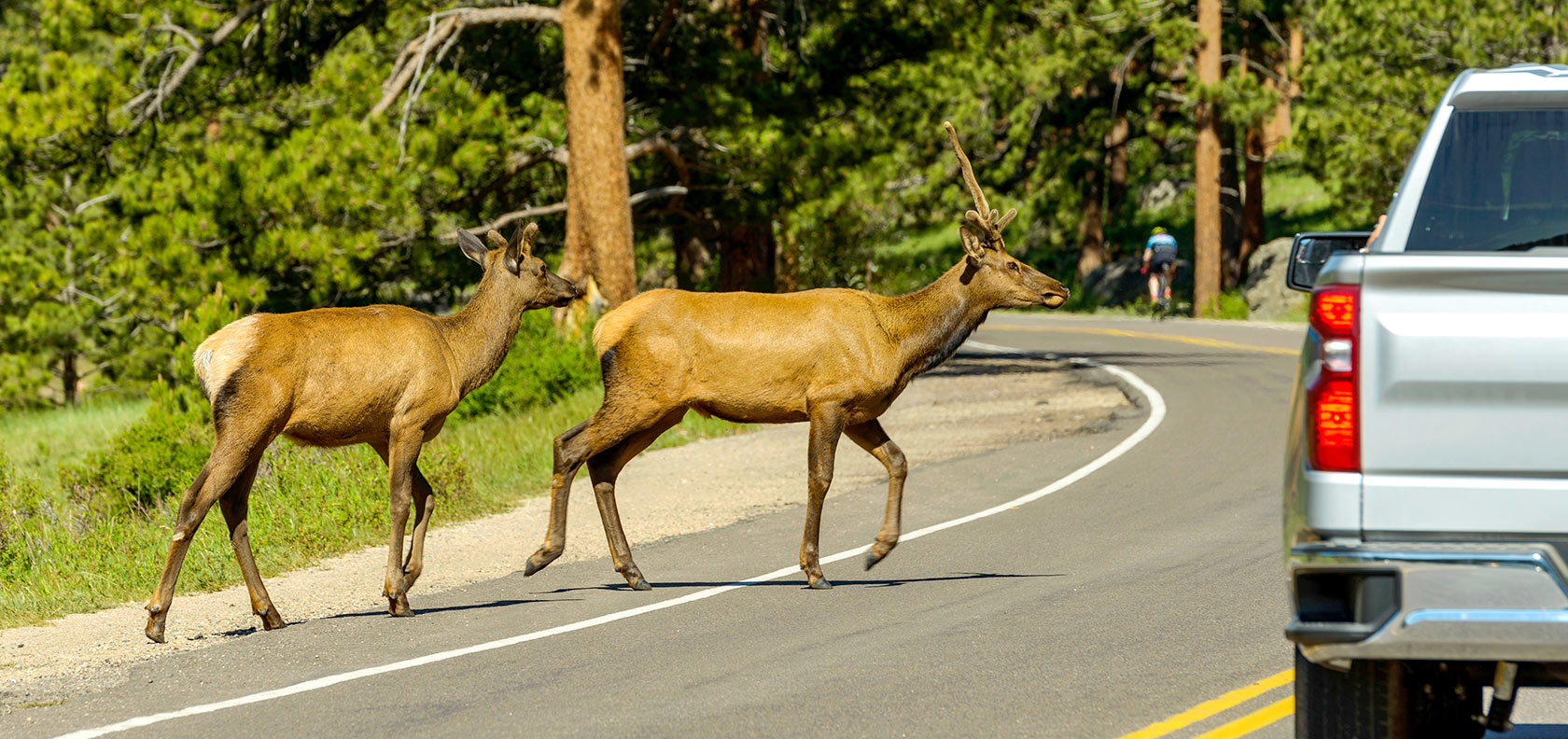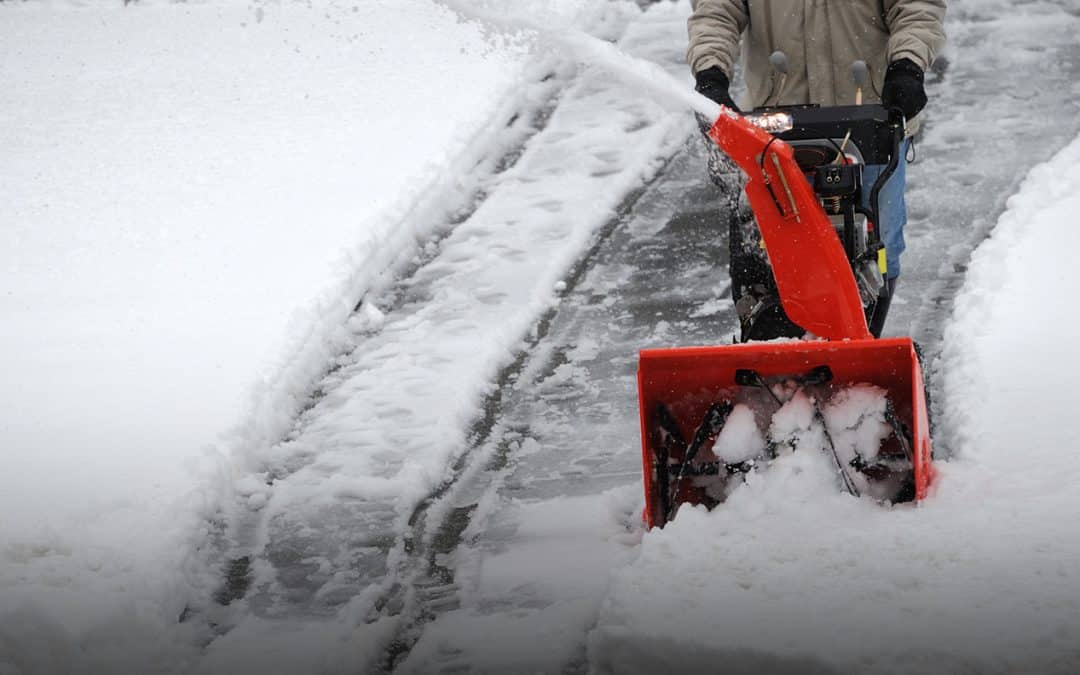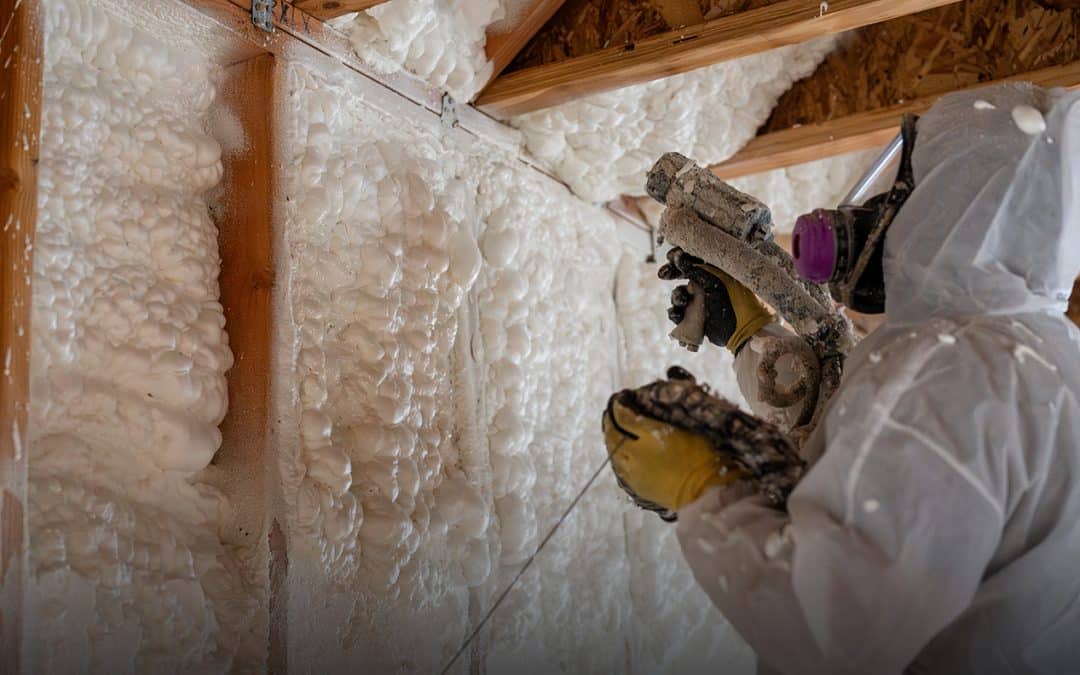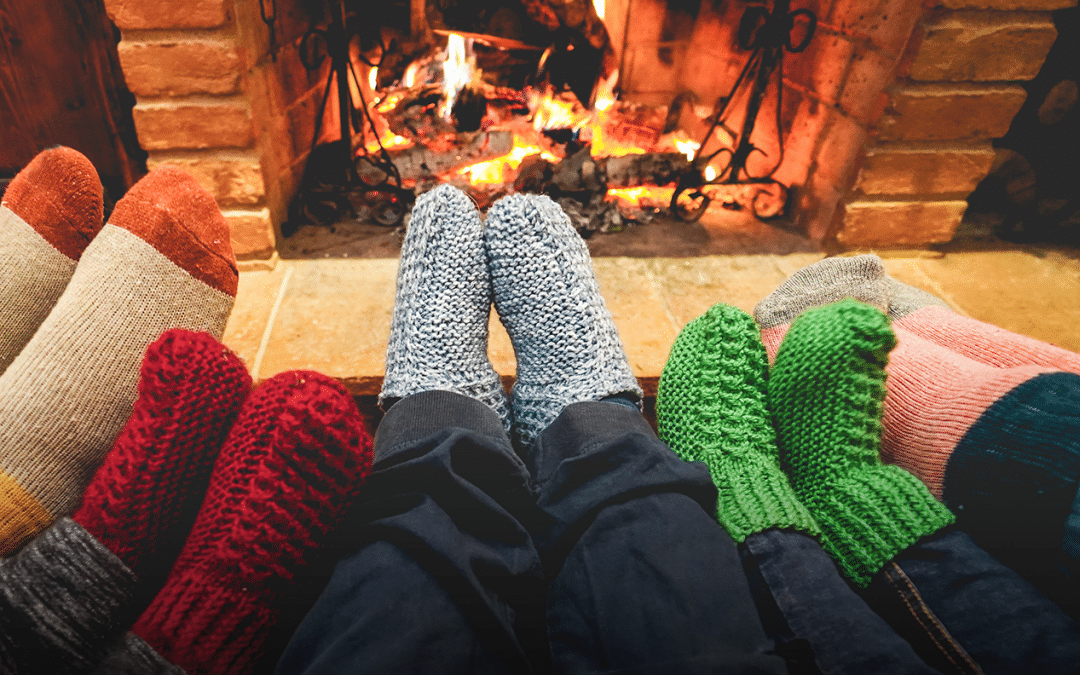The U.S. Department of Transportation’s Federal Highway Administration (FHWA) estimates that more than 1 million collisions involving vehicles and wildlife occur annually, resulting in approximately 200 human deaths. These crashes also lead to tens of thousands of serious injuries and cost over $8 billion in damages.
The peak months for animal collisions in the United States are from October to December. Deer are the most struck animals, followed by moose and elk. The frequency of deer strikes increases during the fall months due to mating and hunting seasons, along with shorter daylight hours, which make it more difficult for drivers to see them on the road.
In December 2024, the FHWA announced $125 million in grants for 126 wildlife crossing projects across 16 states. This funding is part of the Wildlife Crossings Pilot Program established by the Bipartisan Infrastructure Law of 2021, which aims to reduce wildlife-vehicle collisions and improve habitat connectivity. Over the next five years, the program will provide $350 million in grant funding to states, federal agencies, tribal nations, and other eligible applicants.
The initiative’s goals include reducing car collisions, enhancing driver safety, mitigating the economic impact of accidents, and allowing wildlife to migrate safely across roadways. Some projects funded by this program involve designing and constructing new underpasses, overpasses, and fencing along roadways.
Tips to prevent animal collisions
Hitting an animal can cause significant damage to a vehicle. In some cases, a car can be a total loss. To avoid animal collisions, keep these tips in mind:
- Heed yellow animal caution signs and drive below the speed limit in these areas. Signs are usually posted in past collision sites.
- Be especially aware during evening hours. Most animal-vehicle collisions occur between 9 p.m. and midnight.
- Use high beams in wooded areas when traffic permits. Bright lights reflect off animal eyes, making them easier to spot.
- If you see an animal on the road, brake firmly and stay in your lane.
- Honk or flash your lights to scare the animal out of the way.
- Avoid swerving to miss a deer, as you could hit another vehicle, a tree, or a pole. It is difficult to predict how a deer will react at any moment.
- If a moose is on the road, which is far more dangerous to you and your vehicle due to its weight, you should look to swerve safely to avoid a collision, however.
If you strike an animal, try to remain calm and move your vehicle to the side of the road if possible. In addition, MAPFRE recommends that you:
- Turn on hazard lights.
- Stay away from the animal.
- Call the police for assistance.
- Get a police report to file your auto insurance claim.
Does auto insurance cover animal collisions?
The optional comprehensive coverage on your auto policy covers animal collisions. However, you would not be covered if you swerved to avoid hitting an animal and colliding with another car or object. This type of crash is likely a collision loss, which would be covered under collision coverage, another optional coverage.
Before any accident occurs, ensure you have the right auto insurance coverage suited to your individualized needs. And if you’re not yet insured with MAPFRE and live in Massachusetts, you can always get a fast, free quote on your car insurance policy by contacting an independent agent in your state.



